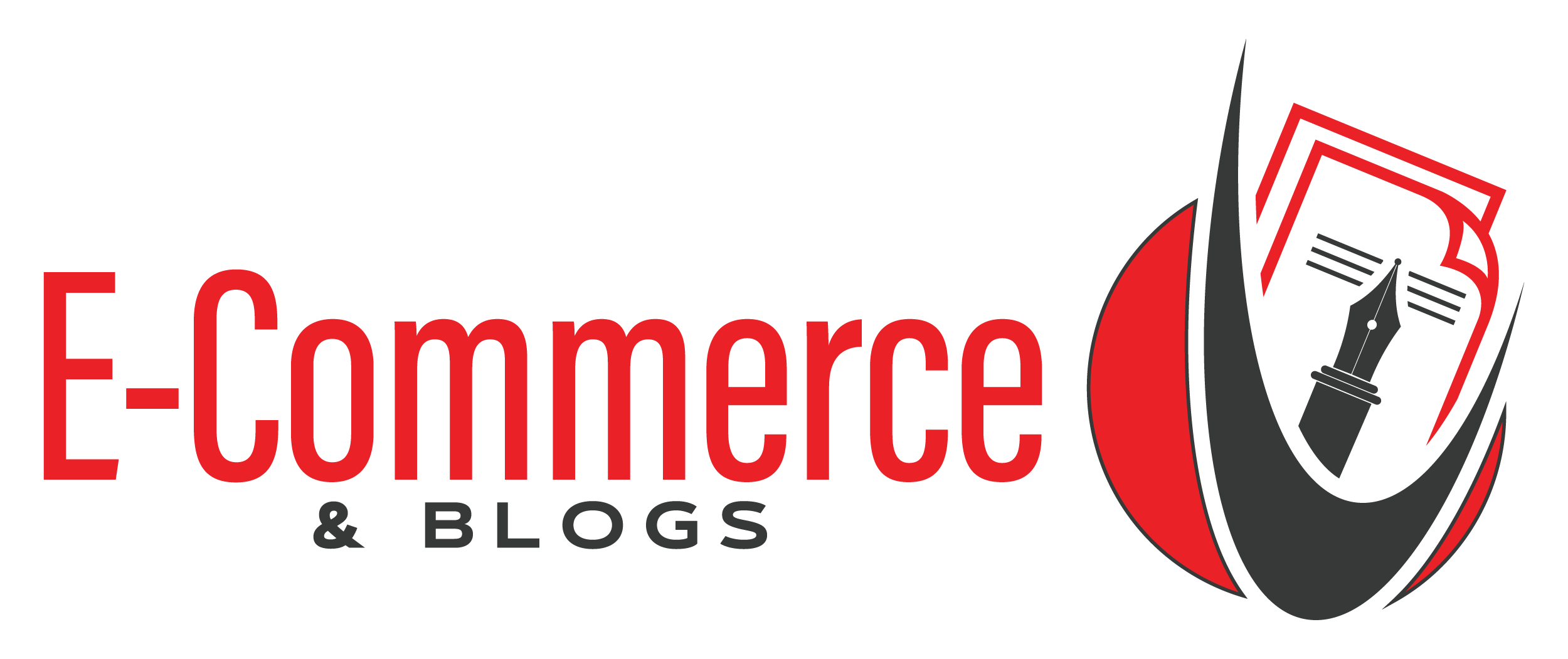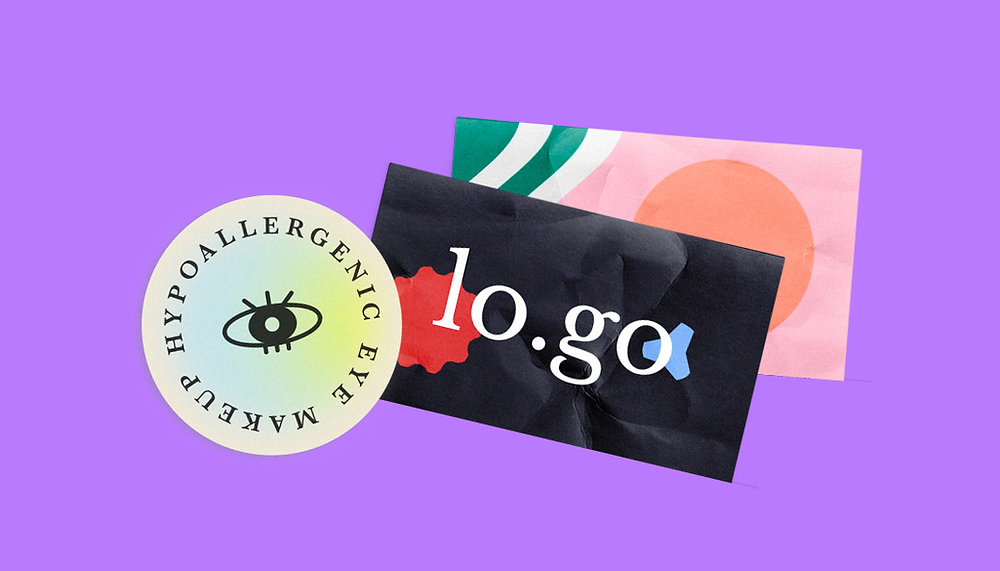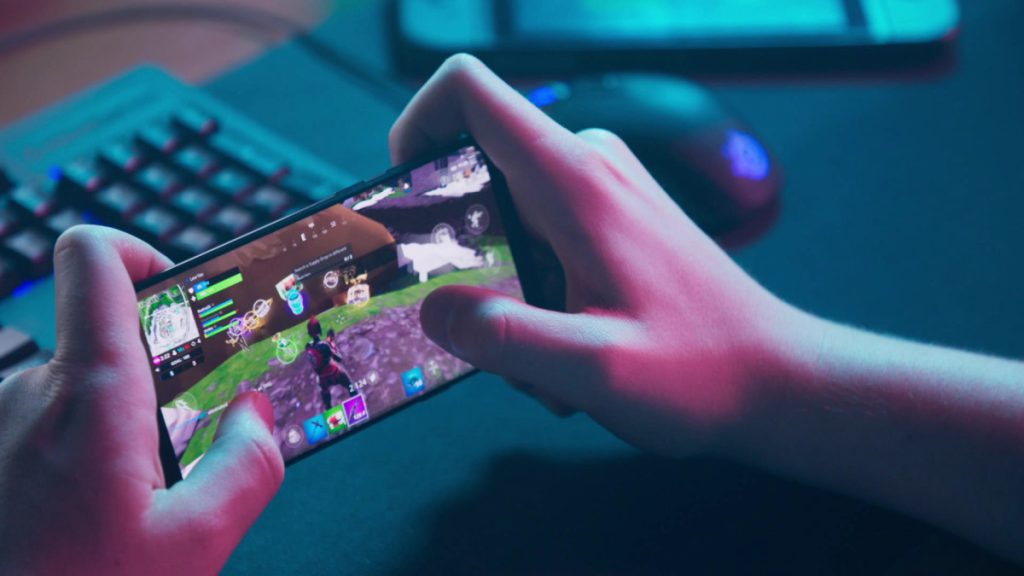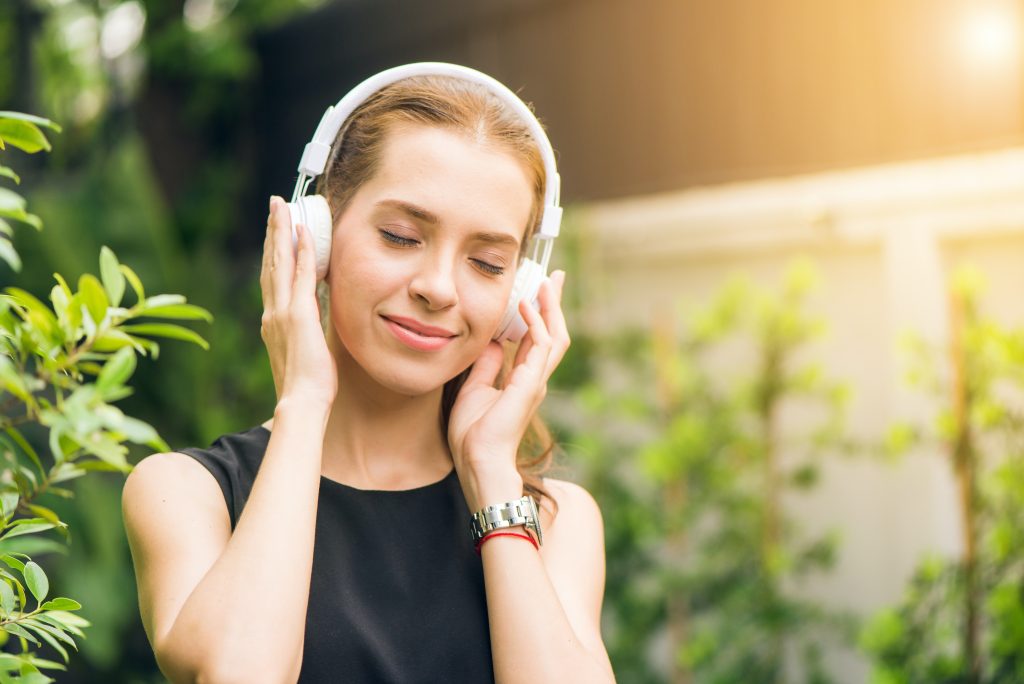In the world of e-commerce, where the first impression can make or break a sale, choosing the right colors for your store can have a powerful impact on how customers perceive your brand. Color psychology is the study of how different hues evoke emotions and influence consumer behavior, and it plays a crucial role in product design and marketing strategies. In this post, we’ll explore the psychology of color and offer guidance on selecting the perfect palette for your e-commerce store to enhance user experience and drive conversions.
Understanding the Basics of Color Psychology
Every color has a psychological effect on individuals, often without them even realizing it. Here are some common color associations:
- Red: Evokes strong emotions, creates a sense of urgency, and can stimulate appetite, making it ideal for food-related products.
- Blue: Associated with trust, professionalism, and security, making it a popular choice for tech or financial brands.
- Green: Linked to health, tranquility, and nature. It’s perfect for eco-friendly or wellness-oriented businesses.
- Yellow: Represents optimism, happiness, and attention-grabbing energy. However, overuse may cause anxiety.
- Black: Conveys luxury, sophistication, and exclusivity, which is why many high-end brands favor it.
By understanding these psychological associations, you can intentionally create a mood that aligns with your brand’s values and goals.
Choosing Colors for Your E-commerce Store
When selecting the color palette for your e-commerce store, consider these key factors:
Your Target Audience: Different colors appeal to different demographics. For example, studies have shown that men prefer bold colors like blue and black, while women are drawn to softer hues like purple and pink. Consider your target audience’s preferences when deciding on the dominant color scheme for your store.
Brand Personality: Your color choices should reflect your brand’s personality. If your store sells luxury fashion items, you might lean towards darker tones like black and gold to exude elegance. On the other hand, if you offer playful products for children, bright and cheerful colors like yellow and orange may be more suitable.
Cultural Considerations: Keep in mind that colors may hold different meanings across cultures. For instance, while white is associated with purity in Western countries, it can symbolize mourning in some Eastern cultures. Be aware of cultural nuances, especially if your store has an international customer base.
Color Contrast for Usability: Usability is essential in e-commerce. Ensure that your color choices enhance readability and navigation by providing sufficient contrast between the text and the background. Clear, easy-to-read websites keep visitors engaged and reduce bounce rates.
Crafting the Perfect Color Combination
Creating a balanced color palette involves more than just selecting a dominant color. Here’s a quick guide to building a cohesive look:
- Primary Color: This should represent your brand and be the most prominent color on your website.
- Secondary Colors: These are complementary shades that provide visual interest and variety.
- Accent Colors: Use these sparingly to draw attention to key features such as call-to-action buttons or special offers.
Testing and Iterating
Once you’ve chosen your colors, it’s important to test how your audience reacts to them. A/B testing different color combinations for elements like CTA buttons can provide valuable insights into what drives higher engagement and conversion rates. Don’t be afraid to tweak and iterate based on real user data.
Conclusion:
The psychology of color plays a pivotal role in shaping customer perception and influencing purchasing decisions. By carefully selecting the right colors for your e-commerce store, you can create a more appealing and engaging shopping experience. Remember to consider your target audience, brand personality, and usability to build a color palette that not only looks great but also drives results.




